Latest
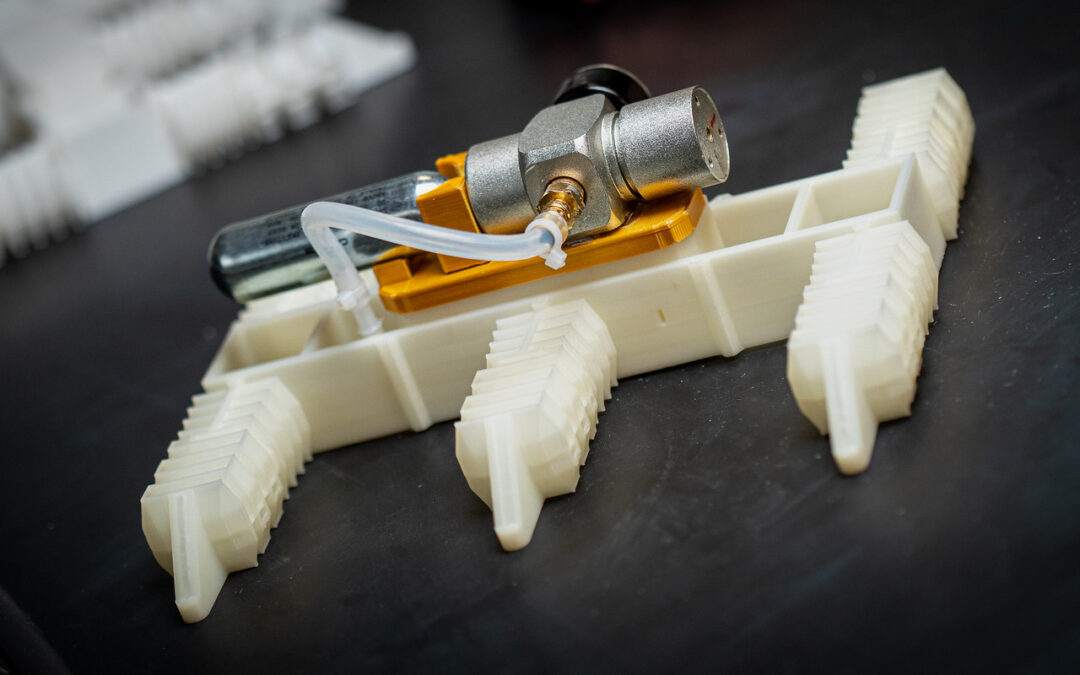
Walking on Air: Pneumatic System Enables Autonomous Motion in Soft Robots
Robot fabrication in a single step with a desktop 3D printer and pressurised gas.
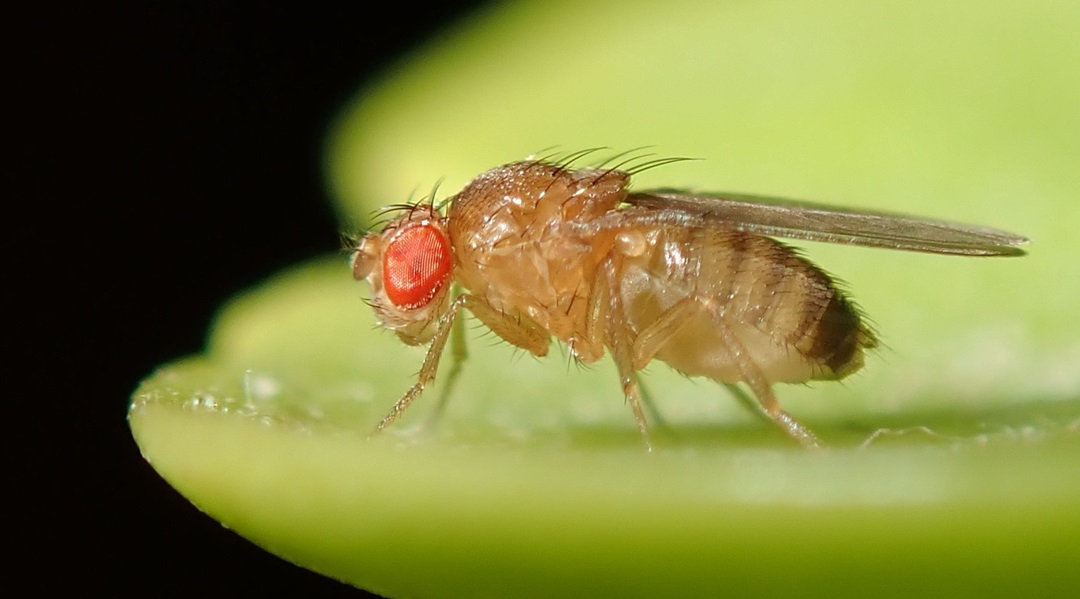
Behavioral Fever Helps Fight Parasitic Infections
Infected fruit flies use behavioral fever against deadly parasitoid wasps.
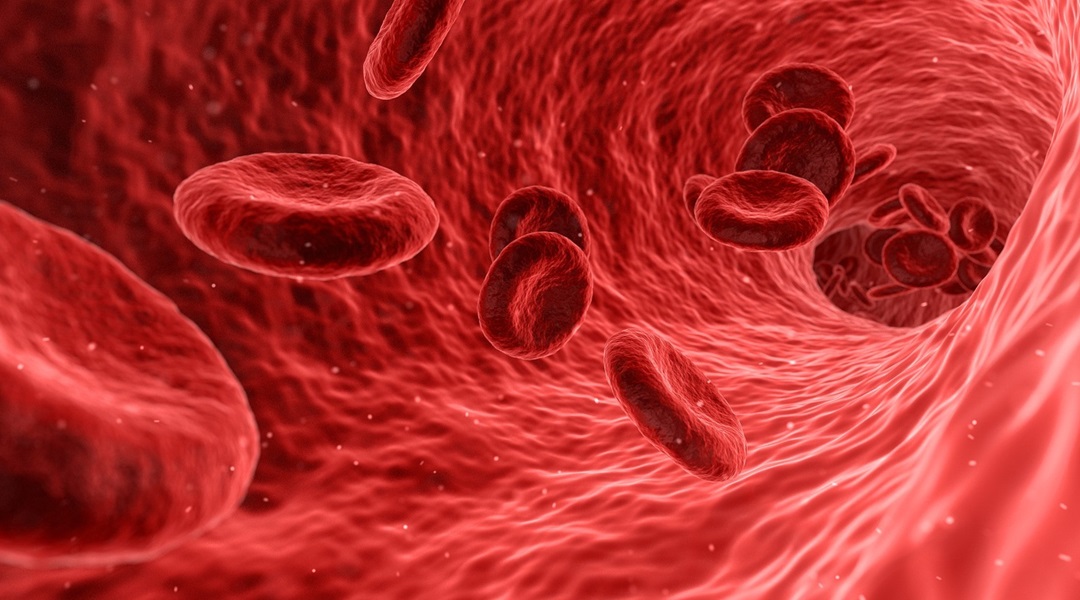
Turning Periods into Power: Menstrual Blood a Valuable Resource for Medical Diagnostics
Wearable sensors help women analyse menstrual blood for affordable, non-invasive health monitoring.

Fermilab Confirms Muon g-2 Measurements
Fermilab releases its final results, testing the Standard Model of particle physics.

Methods Perspectives: Magnetic Force Microscope Calibration Explored by Héctor Corte-León
Héctor Corte-León explores the advantages and disadvantages of the different techniques used to calibrate a magnetic force microscope.

Walking on Air: Pneumatic System Enables Autonomous Motion in Soft Robots
Robot fabrication in a single step with a desktop 3D printer and pressurised gas.

Behavioral Fever Helps Fight Parasitic Infections
Infected fruit flies use behavioral fever against deadly parasitoid wasps.
ASN Weekly
Sign up for our weekly newsletter and receive the latest science news directly to your inbox.
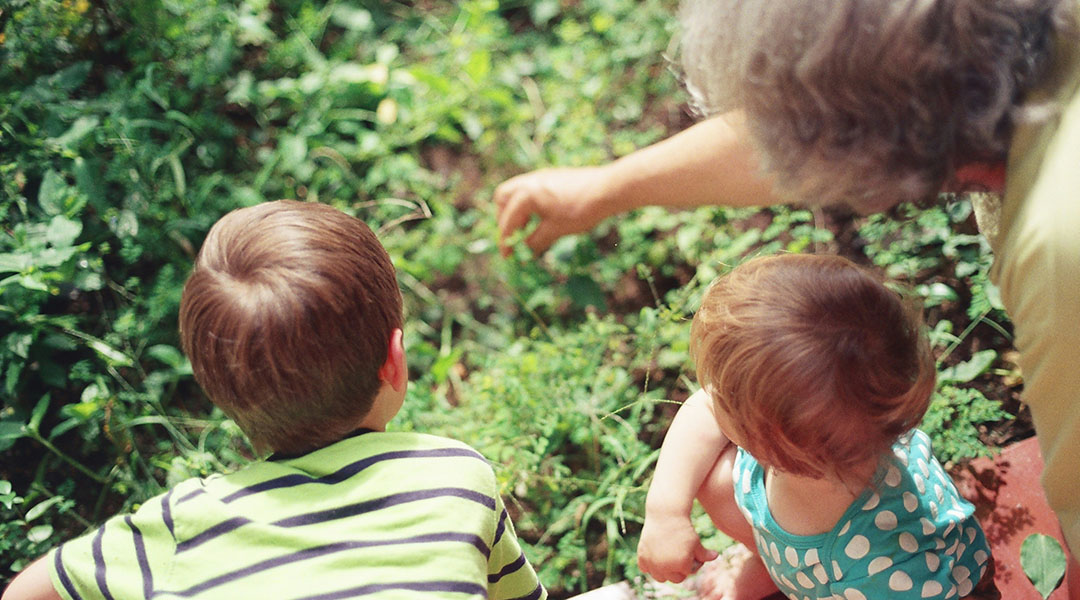
Immune resilience gene signature could hold the key to healthy aging
High levels of a certain biomarker gives people a survival advantage, study finds.
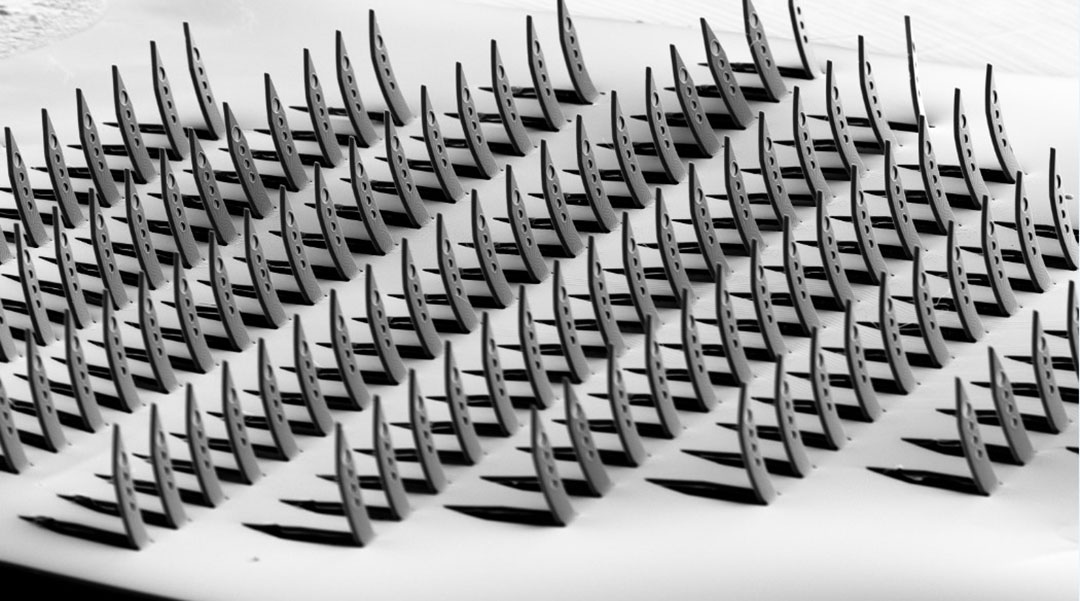
Kirigami-inspired neural probes are a cut above
The flexible and foldable 3D probes were surprisingly durable when inserted into brain tissue to map the deep functioning of neurons.

Working close to robots could be safer with cutting-edge Kirigami e-skin
The sensitive e-skin robotic coating applies ultrasonics and AI while taking its inspiration from the Japanese art of Kirigami.
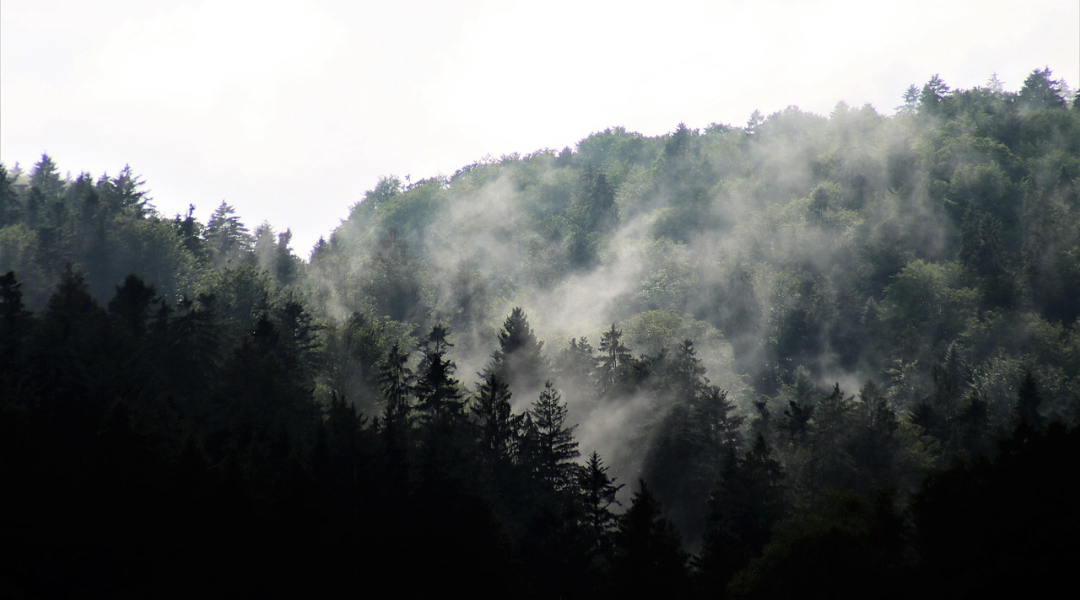
Water-powered gadgets may be on the horizon thanks to new evaporation-based energy device
Scientists created an “evapolectrics” generator that draws power directly from water evaporation, offering a sustainable, battery-free energy source from humidity.

New theory suggests gravity is not a fundamental force
A new theory proposes gravity isn’t a fundamental force but emerges from quantum electromagnetic interactions, potentially reshaping our view of spacetime itself.

Turning Periods into Power: Menstrual Blood a Valuable Resource for Medical Diagnostics
Wearable sensors help women analyse menstrual blood for affordable, non-invasive health monitoring.

Fermilab Confirms Muon g-2 Measurements
Fermilab releases its final results, testing the Standard Model of particle physics.

Methods Perspectives: Magnetic Force Microscope Calibration Explored by Héctor Corte-León
Héctor Corte-León explores the advantages and disadvantages of the different techniques used to calibrate a magnetic force microscope.

Immune resilience gene signature could hold the key to healthy aging
High levels of a certain biomarker gives people a survival advantage, study finds.
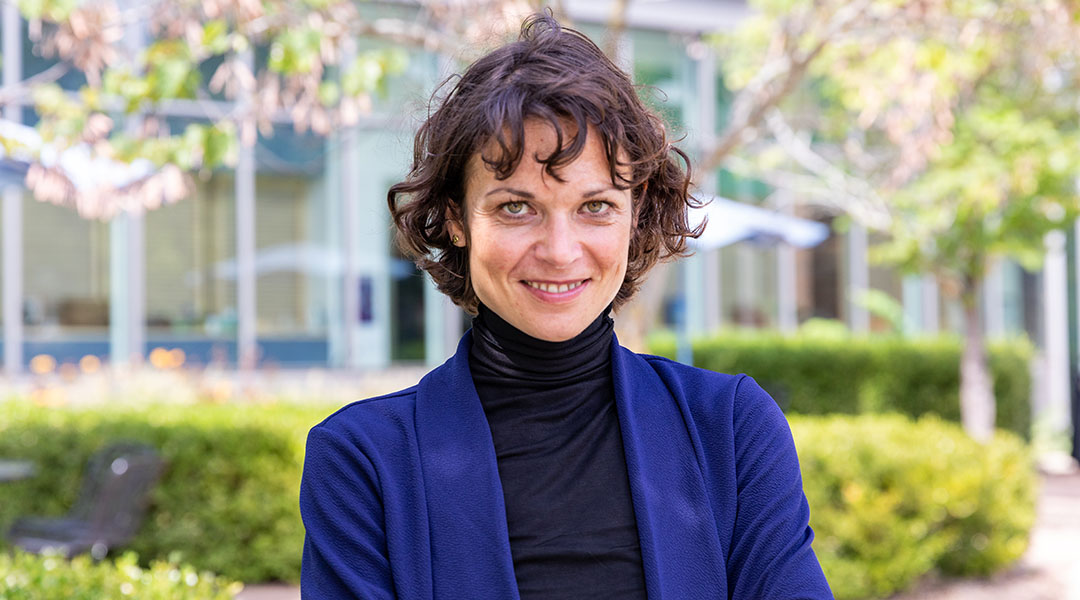
Claudia Loebel, understanding cell memory could lead to patient-specific treatments
Recreating the material that surrounds cells, Loebel aims to better understand cell memory and its role in disease development.
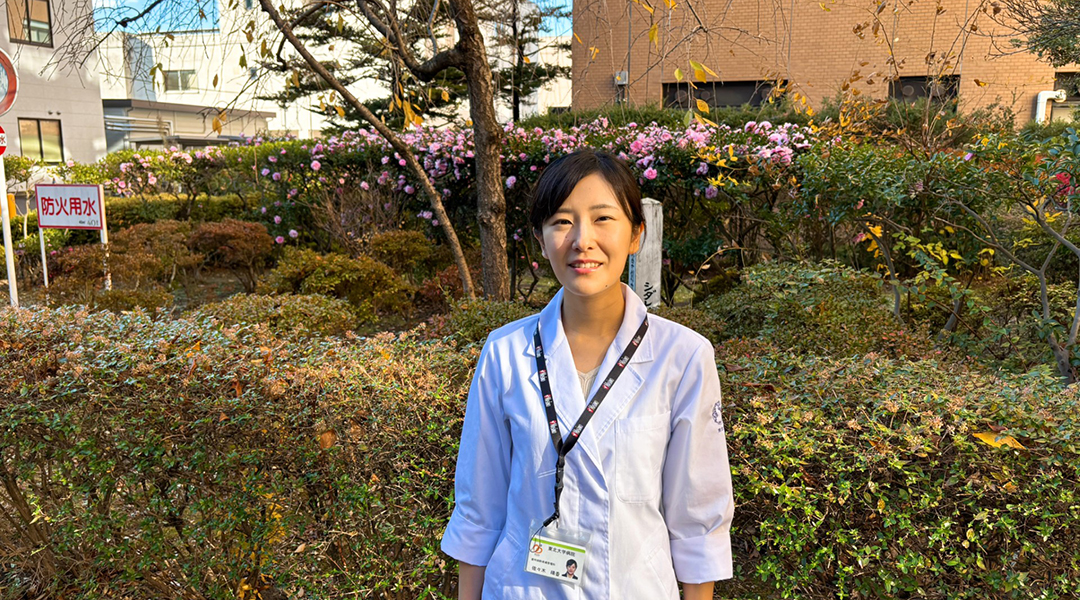
Haruka Sasaki, uncovering the link between melatonin and asthma
Haruka Sasaki is researching how melatonin impacts asthma to create new treatments for life-threatening nocturnal attacks.
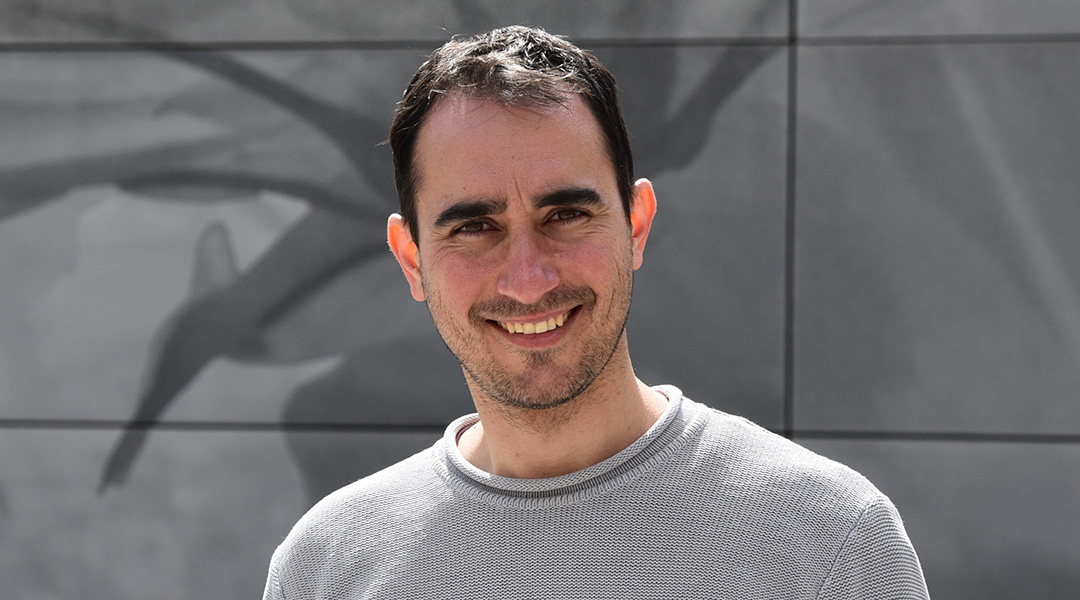
Riccardo Bassoli: How quantum computing will redefine wireless communication
Future 6G wireless networks will rely on quantum computers, but developing the technology and making it sustainable is complex.
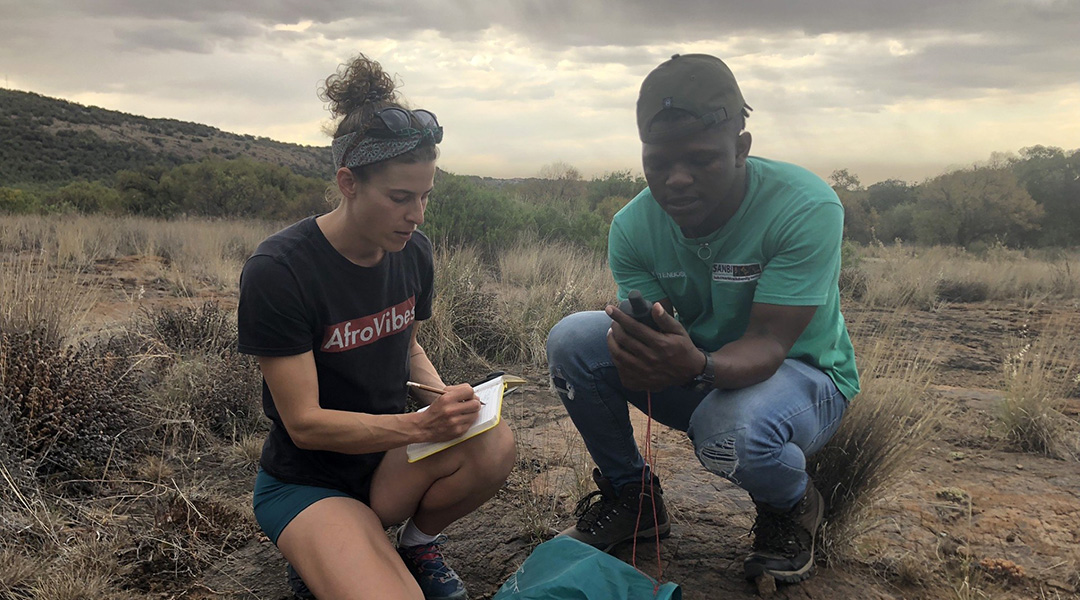
Rose Marks, a botanist studying resurrection plants
Rose Marks uses her climbing skills in remote regions of South Africa to study how water-deprived plants might help develop drought-tolerant crops.

Claudia Loebel, understanding cell memory could lead to patient-specific treatments
Recreating the material that surrounds cells, Loebel aims to better understand cell memory and its role in disease development.

Haruka Sasaki, uncovering the link between melatonin and asthma
Haruka Sasaki is researching how melatonin impacts asthma to create new treatments for life-threatening nocturnal attacks.

Turning Periods into Power: Menstrual Blood a Valuable Resource for Medical Diagnostics
Wearable sensors help women analyse menstrual blood for affordable, non-invasive health monitoring.

Immune resilience gene signature could hold the key to healthy aging
High levels of a certain biomarker gives people a survival advantage, study finds.

Kirigami-inspired neural probes are a cut above
The flexible and foldable 3D probes were surprisingly durable when inserted into brain tissue to map the deep functioning of neurons.

Two-in-one nanomedicine delivers antiviral treatment and immediate vaccine-like protection
The quasi-vaccine could help healthcare workers weather a virus outbreak in the future.

Turning Periods into Power: Menstrual Blood a Valuable Resource for Medical Diagnostics
Wearable sensors help women analyse menstrual blood for affordable, non-invasive health monitoring.

Walking on Air: Pneumatic System Enables Autonomous Motion in Soft Robots
Robot fabrication in a single step with a desktop 3D printer and pressurised gas.

Methods Perspectives: Magnetic Force Microscope Calibration Explored by Héctor Corte-León
Héctor Corte-León explores the advantages and disadvantages of the different techniques used to calibrate a magnetic force microscope.

Kirigami-inspired neural probes are a cut above
The flexible and foldable 3D probes were surprisingly durable when inserted into brain tissue to map the deep functioning of neurons.

Water-powered gadgets may be on the horizon thanks to new evaporation-based energy device
Scientists created an “evapolectrics” generator that draws power directly from water evaporation, offering a sustainable, battery-free energy source from humidity.

Climate pledges could shrink global cropland
The tradeoff raises concerns about food security, particularly for the Global South.

Sustainable building material extracted from seawater
A sand-like material can be extracted from seawater by adding carbon dioxide, potentially making the building industry more sustainable.
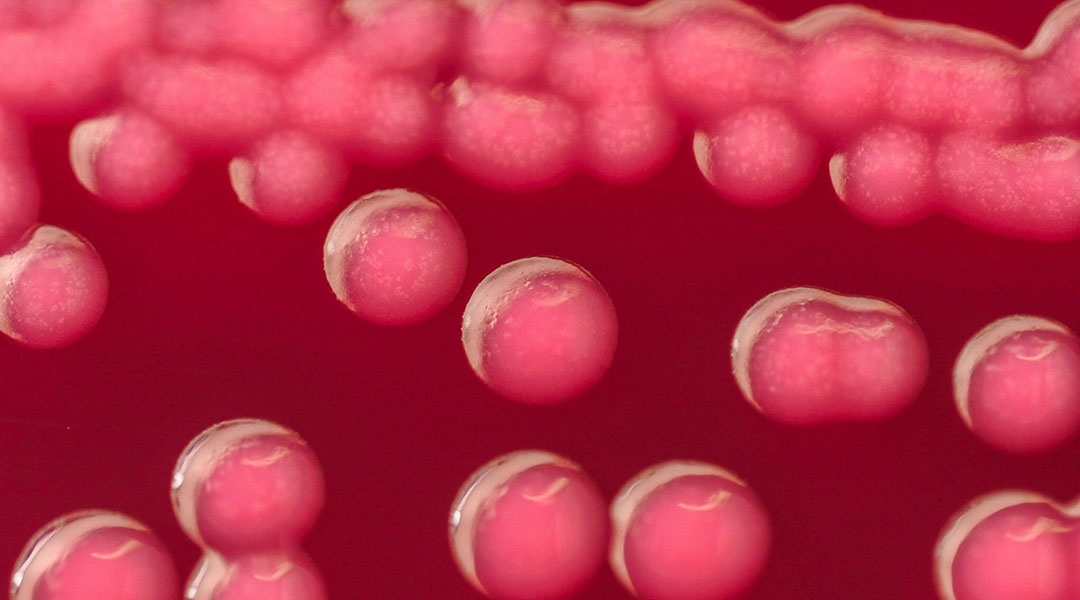
Common bacteria could be used to produce biodegradable bioplastics
Engineered Escherichia coli bacteria could be used to make sustainable biobased plastics.

Fermilab Confirms Muon g-2 Measurements
Fermilab releases its final results, testing the Standard Model of particle physics.

New theory suggests gravity is not a fundamental force
A new theory proposes gravity isn’t a fundamental force but emerges from quantum electromagnetic interactions, potentially reshaping our view of spacetime itself.

Organic materials bring probabilistic computing closer to reality
Scientists created flexible probabilistic bits from custom polymers, offering a new, energy-efficient path for AI and machine learning using classical physics.

Self-interacting inflaton particles may reshape our picture of the early universe
Subtle inflaton interactions may reshape our understanding of cosmic inflation, altering predictions about dark matter, black holes, and gravitational waves.



